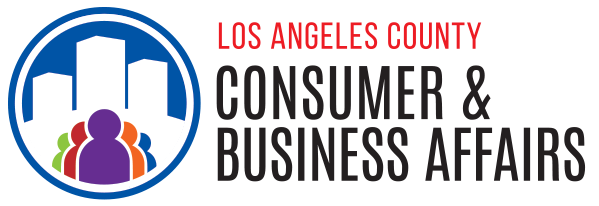
Home Retention Options
If you cannot make your mortgage payments, home retention options are designed for homeowners who can afford to remain in their home.
Home Retention Options
What are some ways to save your home and prevent foreclosure?
You have two types of options, either home retention (options that allow you to keep your home) or liquidation (options that require the property to be sold or forfeited). Both of these types of options are often determined by your lender and require that you act quickly. In this section, we will discuss home retention options in detail. Home retention options are designed for homeowners who can afford to remain in their home. The most common home retention options are: forbearance, reinstatement, repayment plan, loan modification, refinance, loan pay off, and other programs that are unique to your lender. Some of the most common factors that underwriters consider when reviewing loan modification applications are a borrower’s: creditworthiness (suitable to receive financial credit), debt to income ratio (comparison of how much you owe to how much you earn), financial status, current income, and ability to repay the loan.
What is a forbearance?
An agreement to suspend or reduce normal monthly payments for a fixed period of time. At the end of the forbearance period, the borrower must cure the delinquency through a lump sum payment, repayment plan or modification. A forbearance plan enables you to temporarily reduce your mortgage payments until your finances improve. inquire with your servicer about negative reporting to the credit bureaus and if they are willing to not report late payments. If they agree, please obtain verification of any agreement in writing. As the borrower, you can work with your lender to see if this is a feasible option for you. In general, please make sure to obtain a written agreement from your lender and do not rely on purely verbal agreements.
What is a reinstatement?
A reinstatement occurs when the borrower brings the delinquent loan current in one payment. Reinstating a loan stops a foreclosure because the borrower is able to catch up on payments in default, as well as fees and expenses incurred as a result of the default. As the borrower, you can request a reinstatement quote from the lender, just be aware that this quote has an expiration date.
What is a repayment plan?
A written agreement between the borrower and the servicer where the borrower agrees to cure the delinquency by adding an additional amount to their monthly mortgage payment until the loan becomes current. A Repayment Plan, enables you to pay back the missed mortgage payments. You can work with your lender to determine what works best for you and your finances.
What is a loan modification?
A written agreement that permanently changes one or more of the original terms of the loan, such as interest rate, payment amount, maturity date, or the amount of the principal balance to cure the delinquency and make the payments affordable. This process requires the borrower to gather and submit the necessary documentation to the lender, so that they can evaluate the borrower’s qualifications.
Are my taxes affected by a loan modification?
If any principal is forgiven through a modification, then it’s considered income and it’ll be reported to the IRS. The amount of debt that is forgiven could affect your taxes. This forgiven debt could be considered taxable income. In California, taxation on canceled debt does not apply in most circumstances. Consult a licensed and qualified tax or legal professional for specific tax advice.
What is a refinance?
A refinance is a new loan that achieves a lower payment. In essence, it is the process of replacing an existing mortgage with a new one that typically extends more favorable terms to the borrower. You can work with your lender to request an evaluation of your finances. Typically, mortgage refinancing options are reserved for qualified borrowers. You, as the homeowner, need to have a steady income, good credit standing and at least 20% equity in your home. You must prove your creditworthiness to initially qualify for a mortgage loan approval.
If you decide to use a mortgage consultant please be sure to check with either the California Department of Real Estate License (DRE) or Department of Financial Protection and Innovation (DFPI) to confirm that they are licensed to perform this service and registered as a mortgage loan originator, by checking here.
Who can you call for free and reliable help?
Our experienced staff can discuss your foreclosure with you and help you explore all your options to save your home. We can help you work with your lender, to identify your options.
Our experienced staff can discuss your foreclosure with you and help you explore all your options to save your home. We can help you work with your lender, to identify your options.
If you are a resident of the County of Los Angeles, you may apply to the County of Los Angeles Mortgage Relief Program.
What happens if I lose my home?
Call 211, L.A. County’s information hotline, for low-cost housing and shelters, mental health services and food assistance. Call your local housing authority for information on Section 8 or low-income housing.
Watch out for scams!
Many people and businesses will promise to help save your home. Most will just take your money, do nothing and you’ll lose your home. Don’t become a victim of a foreclosure rescue scam. If you have been scammed call us right away to file a complaint. All our services are free!
If you have any questions, please contact us through one of the methods listed below:
- Phone: (800) 593-8222
- Email: homehelp@dcba.lacounty.gov
- Online: dcba.lacounty.gov
County of Los Angeles Department of Consumer and Business Affairs. Last change: Nov. 19, 2024

